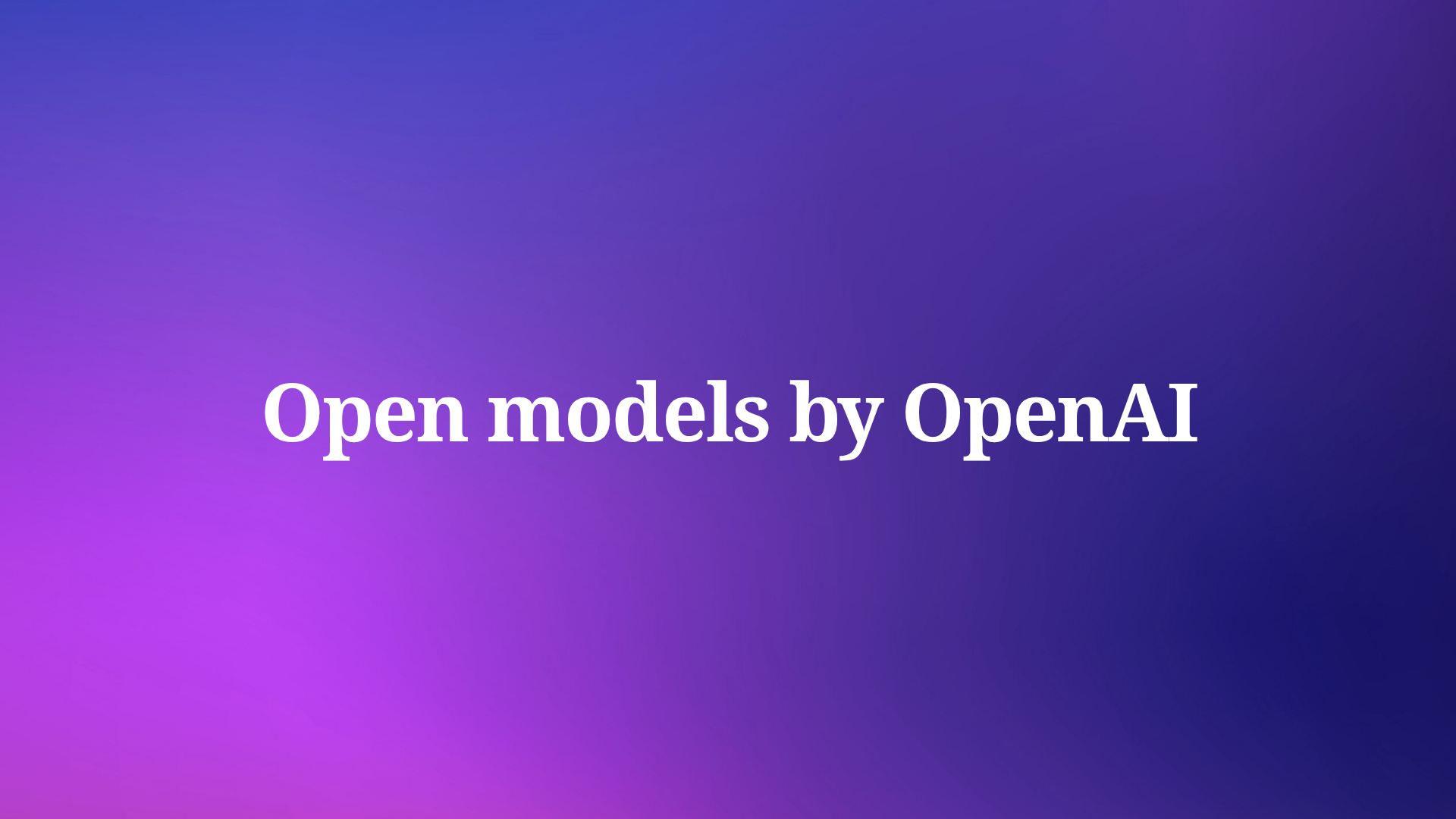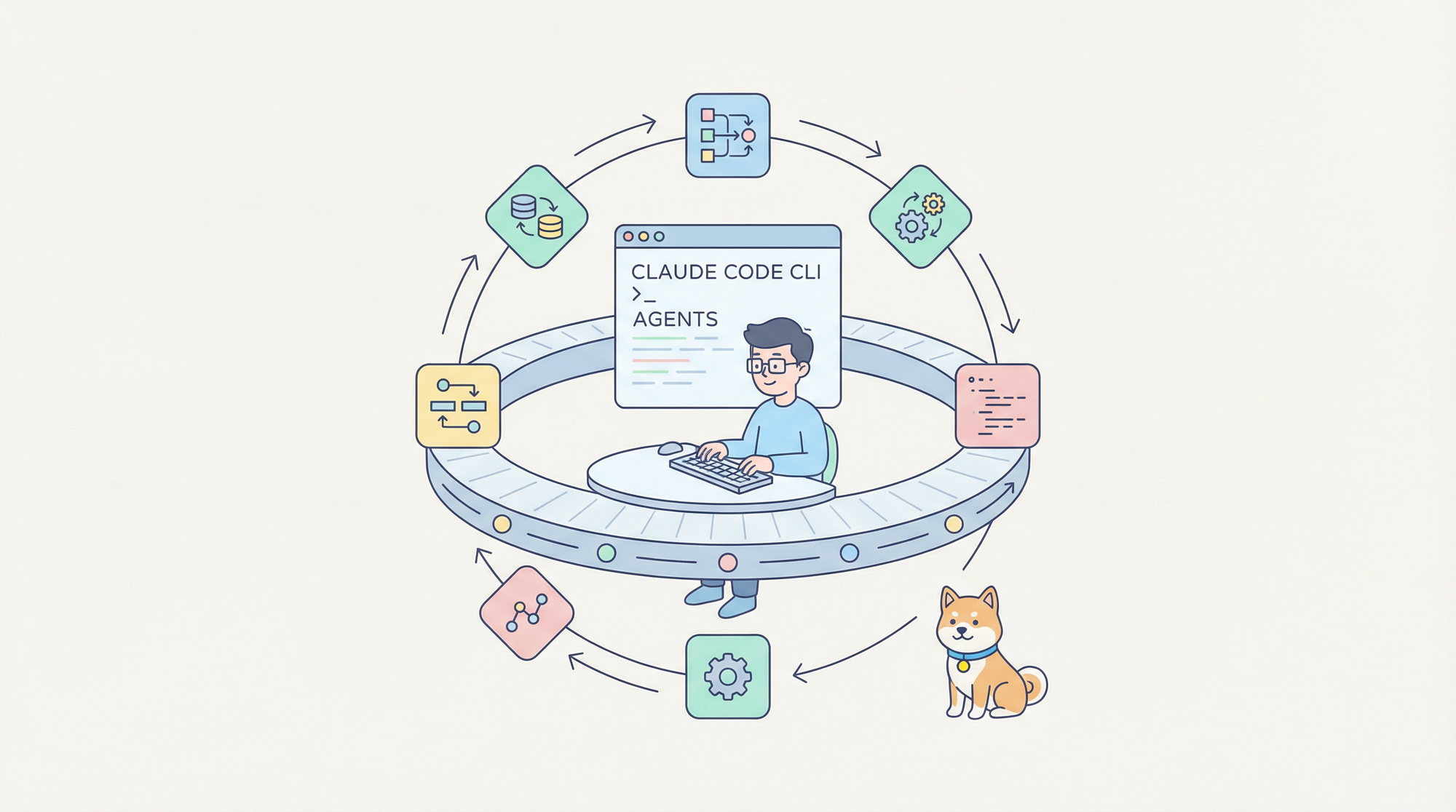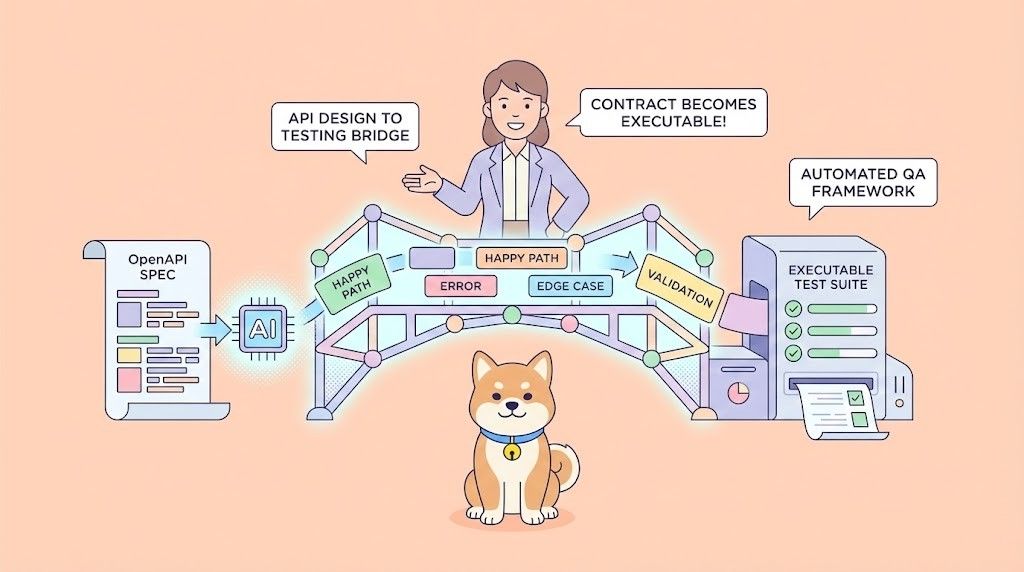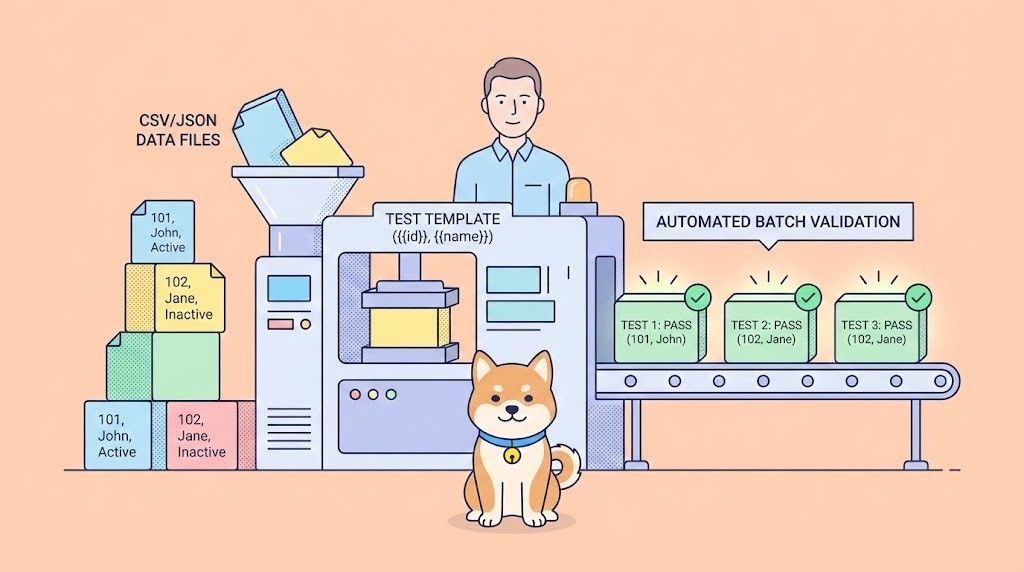Open API is changing the game for open source models by providing a clear, standardized way to document and use APIs. This makes it easier for developers to work with models like GPT-OSS-120B and GPT-OSS-20B, hosted on platforms like Hugging Face. Tools like Apidog simplify API development, testing, and documentation, aligning perfectly with the open source ethos.
This article breaks down how Open API integrates with open source models, its technical benefits, and its potential to drive innovation.
Why Did Open AI Embrace Open Source?
Historically, Open AI maintained a proprietary stance, releasing models like GPT-3 and GPT-4 through restricted APIs. However, competitive pressures from open-source giants like Meta’s Llama and DeepSeek’s R1, coupled with community demand for transparency, prompted a strategic pivot. In 2025, Open AI just release open-weight models, starting with GPT-OSS-120B and GPT-OSS-20B. This shift aligns with industry trends toward openness, where developers seek customizable models without vendor lock-in.

The decision reflects a pragmatic response to market dynamics. Open-source models reduce dependency on cloud-based APIs, lower costs, and enable local deployment. By open-sourcing weights and parameters, Open AI empowers developers to fine-tune models for specific use cases, from natural language processing to code generation. Moreover, this move addresses criticisms about safety and transparency, as Open AI commits to rigorous red-teaming and model card releases to ensure responsible deployment.
What Are Open AI Open Source Models?
Open AI’s open-source offerings, notably the GPT-OSS-120B and GPT-OSS-20B, are hosted on platforms like Hugging Face and GitHub. These models, built on a Mixture of Experts (MoE) architecture, balance performance and efficiency. The GPT-OSS-120B, with 120 billion parameters, rivals proprietary models like GPT-4 in reasoning and language tasks, while the GPT-OSS-20B targets resource-constrained environments.
Technical Specifications of GPT-OSS-120B
- Architecture: Mixture of Experts with sparse activation, reducing computational overhead while maintaining high performance.
- Parameters: 120 billion, optimized for tasks like text generation, summarization, and code synthesis.
- Training Data: Curated datasets, though not fully disclosed, emphasizing quality over quantity compared to models like DeepSeek R1.
- License: MIT, allowing broad commercial and non-commercial use.
- Performance: Benchmarks show it competes with proprietary models on MMLU and MATH, excelling in reasoning-heavy tasks.

Technical Specifications of GPT-OSS-20B
- Architecture: Scaled-down MoE, designed for efficiency on modest hardware.
- Parameters: 20 billion, suitable for edge devices and smaller-scale applications.
- Use Cases: Ideal for real-time chatbots, lightweight NLP tasks, and prototyping.
- License: MIT, ensuring flexibility for developers.
- Performance: Matches smaller models like Phi-2 in efficiency, with competitive accuracy in text generation.

These models, accessible via Hugging Face, support developers in building applications without relying on Open AI’s cloud infrastructure. The GPT-OSS website provides additional resources, including documentation and community forums.
How Do Open AI Open Source Models Compare to Competitors?
The AI landscape is crowded with open-source contenders. Meta’s Llama, Google’s Gemma, and DeepSeek’s R1 have set benchmarks for performance and cost-efficiency. Open AI’s models, however, carve a unique niche. For instance, DeepSeek R1, trained for $5.6 million, emphasizes cost-effective training, but Open AI’s GPT-OSS-120B prioritizes reasoning capabilities, as evidenced by its MMLU scores. Meanwhile, Llama excels in enterprise applications, but its restricted training data limits transparency compared to Open AI’s model cards.
Performance Benchmarks
- MMLU (Massive Multitask Language Understanding): GPT-OSS-120B scores comparably to GPT-4, outperforming Llama 3 in reasoning tasks.
- MATH: Excels in mathematical problem-solving, rivaling DeepSeek R1.
- Code Generation: Matches xAI’s Grok-1 in generating clean, functional code, as seen in GitHub repository contributions.

Cost and Accessibility
Unlike cloud-based models that charge per token, Open AI open source models eliminate usage fees. Developers can deploy them locally, reducing costs and enhancing data privacy. Tools like Apidog streamline API integration, enabling seamless interaction with these models for tasks like real-time text generation or data analysis.

How Can Developers Leverage Open AI Open Source Models?
Open AI’s models empower developers to build innovative applications. The MIT license allows modification and redistribution, fostering a collaborative ecosystem. Here’s how developers can harness these models:
1. Local Deployment for Privacy and Cost Savings
Running GPT-OSS-120B or GPT-OSS-20B on local hardware eliminates cloud dependency. This approach suits enterprises handling sensitive data, such as healthcare or finance. Frameworks like TensorFlow or PyTorch, combined with Hugging Face’s Transformers library, simplify deployment.
2. Fine-Tuning for Specific Use Cases
Developers can fine-tune models for domain-specific tasks, such as legal document analysis or customer service automation. Open AI provides pre-trained weights, reducing the computational burden of training from scratch. Apidog’s API testing capabilities ensure smooth integration with fine-tuned models.
3. API Integration with Apidog
For applications requiring real-time interaction, developers can create APIs to interface with GPT-OSS models. Apidog simplifies API design, testing, and documentation, ensuring robust integration. For example, a chatbot powered by GPT-OSS-20B can leverage Apidog to handle high-volume requests efficiently.
4. Community Contributions
The GitHub repository encourages community contributions, from bug fixes to new features. This collaborative approach accelerates innovation, as seen in the rapid adoption of Llama-based models.
What Are the Safety and Ethical Considerations?
Open AI’s open-source strategy addresses safety concerns head-on. Unlike earlier models criticized for rushed safety testing, GPT-OSS models undergo rigorous red-teaming. Open AI’s Preparedness Framework ensures potential risks, such as misuse in cyberattacks, are mitigated before release. Model cards provide transparency, detailing benchmarks and safety protocols.
However, open-source models pose unique challenges. Malicious actors could exploit model weights for harmful applications, such as generating misinformation. Open AI counters this by limiting training data disclosure and implementing strict licensing terms. Developers must adhere to ethical guidelines, ensuring responsible use in production environments.
How Does Apidog Enhance Open AI Model Integration?
Apidog, a free API collaboration platform, plays a crucial role in leveraging Open AI open source models. Its features include:
- API Design: Create endpoints for model interactions, such as text generation or summarization.
- Testing and Debugging: Validate API performance under load, ensuring reliability for real-time applications.
- Documentation: Generate clear, user-friendly API docs, streamlining team collaboration.
- Mock Servers: Simulate model responses during development, reducing dependency on live model instances.
By integrating Apidog, developers can build scalable applications with GPT-OSS models, from chatbots to automated content generators. Download Apidog for free at apidog.com to accelerate your AI development.
What Is the Future of Open AI Open Source Models?
Open AI’s foray into open source signals a broader trend toward collaborative AI development. As enterprises demand flexibility and cost-efficiency, open-source models will likely dominate. Open AI plans to release additional models, potentially including tool-calling LLMs, as suggested by community feedback on Hacker News. These models could support tasks like automated workflow orchestration or advanced data analysis.
Moreover, the open-source community will drive innovation. Contributions to the GPT-OSS GitHub repository will enhance model capabilities, from optimizing inference speed to expanding multilingual support. Partnerships with platforms like Hugging Face ensure accessibility, while tools like Apidog facilitate seamless integration.
Challenges Ahead
Despite the promise, challenges remain. Training data transparency is a sticking point, as Open AI withholds full datasets to prevent replication risks. Additionally, deploying large models like GPT-OSS-120B requires significant computational resources, posing barriers for smaller teams. Open AI must balance openness with safety, ensuring models remain accessible yet secure.
Opportunities for Growth
The open-source approach opens doors for startups and researchers. By leveraging GPT-OSS models, small teams can compete with industry giants, building niche applications without hefty API costs. Community-driven improvements will further enhance model performance, potentially surpassing proprietary alternatives.
How Do Open AI Models Impact the AI Ecosystem?
Open AI’s open-source models reshape the AI landscape. They challenge the dominance of proprietary models, fostering a more inclusive ecosystem. Developers gain access to cutting-edge technology, while enterprises benefit from cost savings and customization. The ripple effect extends to:
- Education: Researchers can study model architectures, advancing AI theory.
- Startups: Affordable access to powerful models levels the playing field.
- Enterprises: Local deployment ensures data sovereignty and compliance.
The GPT-OSS website serves as a hub for resources, fostering collaboration. As more developers adopt these models, the AI community will see accelerated innovation, from novel applications to improved algorithms.
Why Should You Care About Open AI Open Source Models?
Open AI’s open-source initiative is more than a technical milestone; it’s a paradigm shift. Developers gain freedom to innovate, enterprises reduce costs, and the community drives progress. Tools like Apidog amplify this impact, simplifying integration and scaling. Whether you’re building a chatbot, automating workflows, or exploring AI research, these models offer unmatched flexibility.
To get started, explore the models on Hugging Face or contribute to the GitHub repository. Download Apidog for free to streamline your API workflows and unlock the full potential of Open AI open source models.



